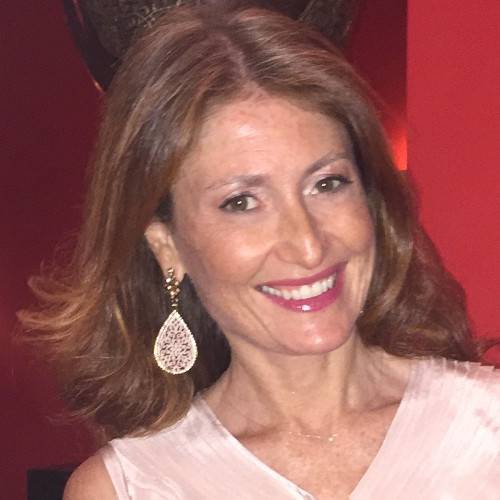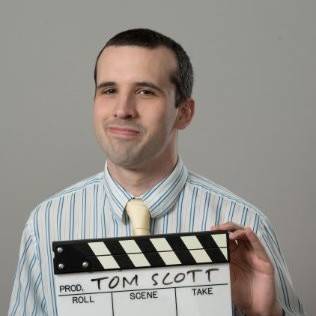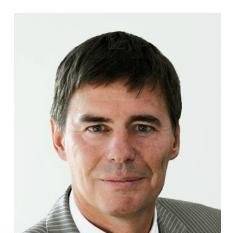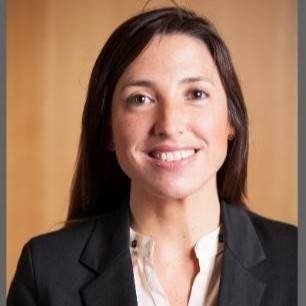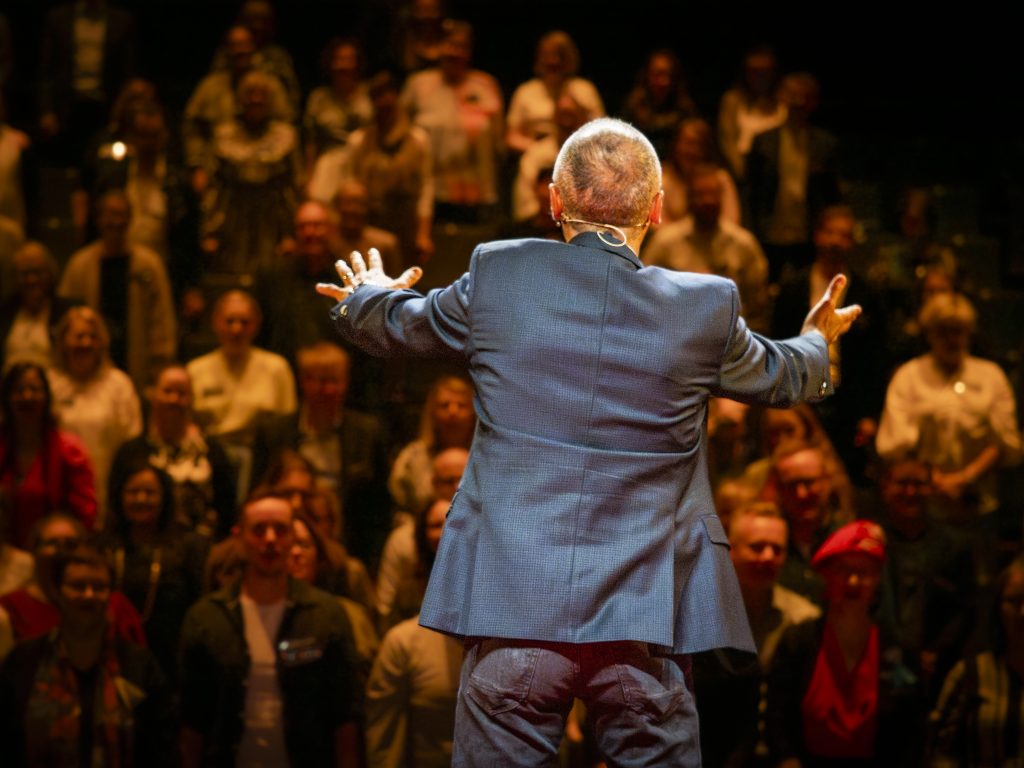
It can be scary to take a risk. But as the saying goes: No risk, no reward.
Last month, I spoke at the 2025 edition of the Summer School of Rhetoric in Hämeenlinna, Finland. My talk was about how speakers can connect with their audiences when speaking.
One of the points I stressed was the importance of audience interaction. Not just asking a quick question or getting a show of hands—but truly involving people in the experience.
I had planned a couple of exercises—which I did, and which worked well—but on the morning of the conference, I had an idea.
𝗜𝗻𝘀𝗽𝗶𝗿𝗮𝘁𝗶𝗼𝗻 𝗳𝗿𝗼𝗺 𝗮 𝗺𝘂𝘀𝗶𝗰𝗮𝗹 𝗴𝗲𝗻𝗶𝘂𝘀
Jacob Collier is a British singer, songwriter and producer. A truly talented young man. I discovered him a few years ago.
One of his signature moves is to turn his audiences into enormous choirs. The effect is truly beguiling. Here’s an example so you can see (and hear) what I am talking about.
So I decided to take a risk.
𝗔 𝗯𝗲𝗮𝘂𝘁𝗶𝗳𝘂𝗹 𝗙𝗶𝗻𝗻𝗶𝘀𝗵 𝗰𝗵𝗼𝗶𝗿
Inspired by Jacob Collier, at one point during my talk, I invited the entire audience—200 people—to stand up and become a choir. I divided them into groups and conducted them in harmony for about 30 to 45 seconds.
It was a bold move and I was so nervous. I had never done it before.
And Finns aren’t exactly known for spontaneous group singing!
But I wanted to try; I wanted to take a risk. So I did.
And the audience sang, and they were magnificent, and they loved it!
It created a moment of surprise, energy, laughter, connection—and it brought my point home in a way no PowerPoint slide ever could.
𝗜𝗳 𝘆𝗼𝘂 𝘄𝗮𝗻𝘁 𝘁𝗼 𝗴𝗿𝗼𝘄 𝗮𝘀 𝗮 𝘀𝗽𝗲𝗮𝗸𝗲𝗿 … take a risk
In a LinkedIn post, my good friend Peter McKenzie encouraged his followers to “try more things, take more risks, embrace more discomfort”.
Peter couldn’t have been more right. (And if you want excellent tips and insights on leadership and optimal performance, you should follow / connect with him.)
If you want to grow as a speaker, you have to be willing to take a risk. There are many ways to do so, such as:
- Telling a personal story about a fear, a failure or a moment of doubt.
- Giving a presentation without slides.
- Doing an interactive exercise.
- Using humour or poking fun at yourself.
- Using a prop.
The key is to step outside your comfort zone in some way.
Because when you take a risk—and it works—that’s when the magic happens on stage.









